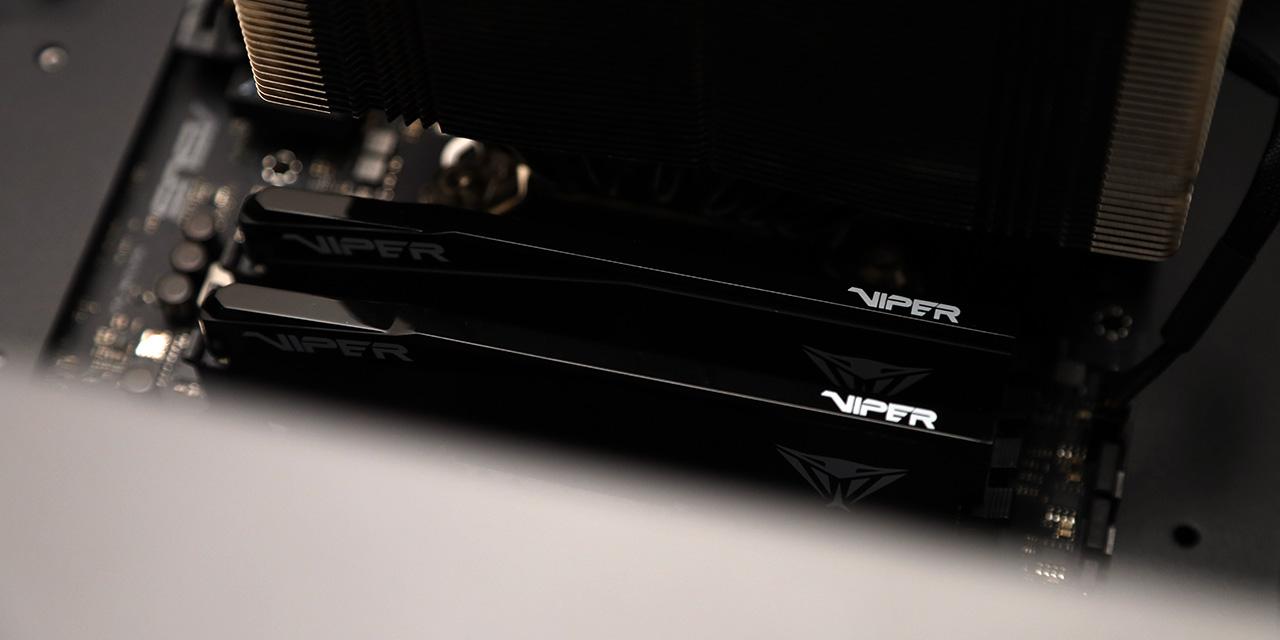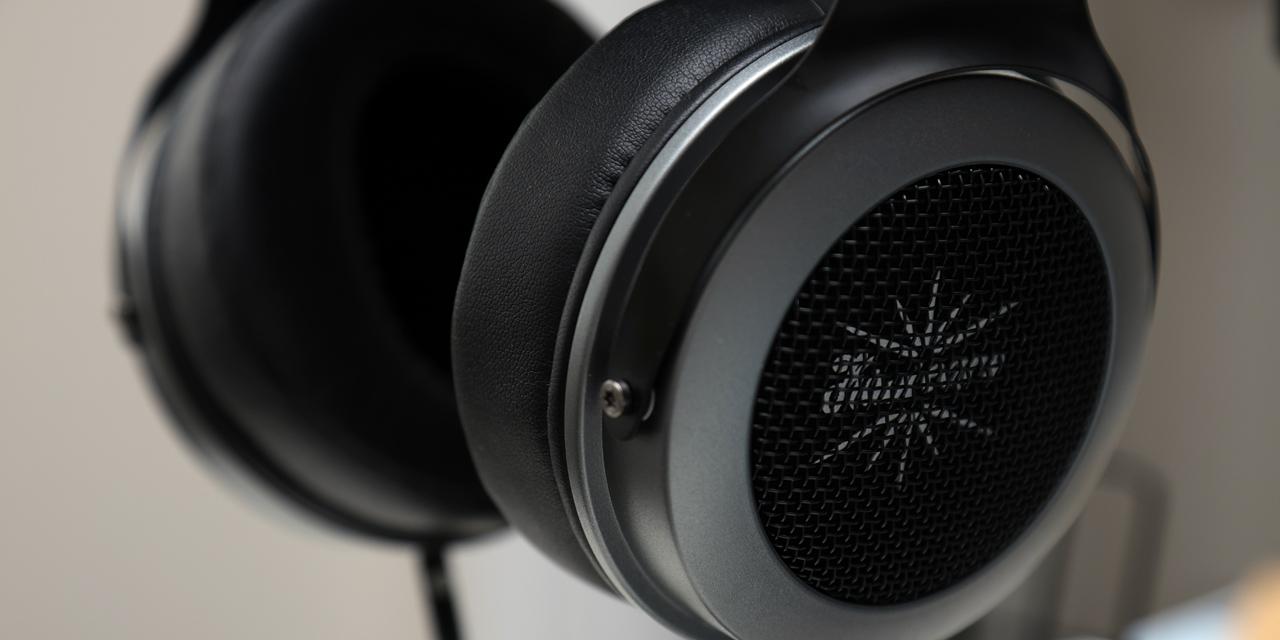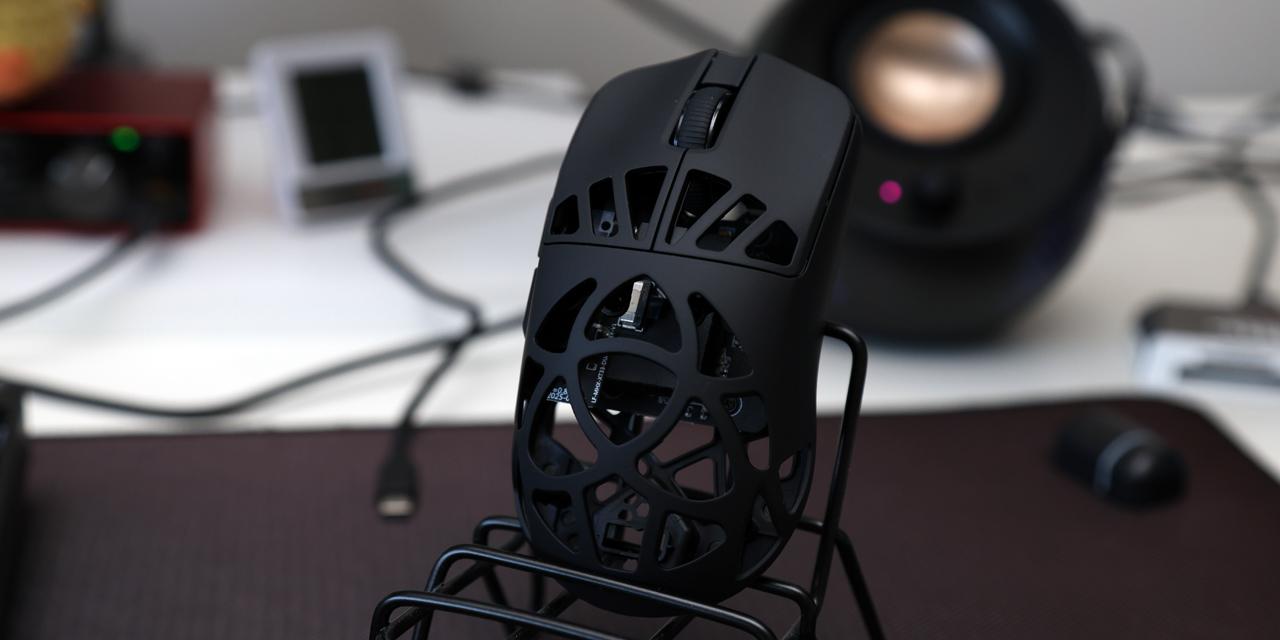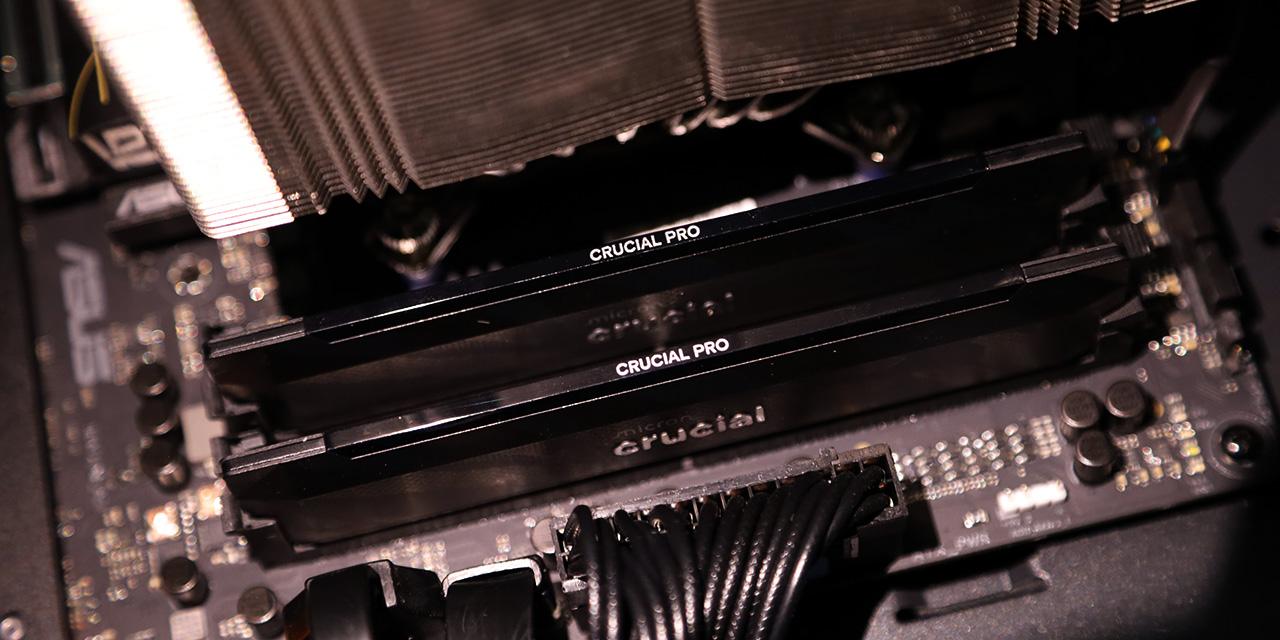Page 2 - A Closer Look - Hardware and Software

The Noctua NF-A14x25 G2 series fans share an identical design, featuring the same frame and blade structure across all models. With a minimalist aesthetic, these fans are crafted from liquid crystal polymer, giving them a sleek and refined look without the need for additional paint. One important note is the lack of a protective guard on the air intake side, so caution is advised to avoid injury if you need to modify your computer while it is running. A standout feature of the NF-A14x25 G2 is its super tight tip clearance of just 0.7mm. This design is intended to improve their efficiency in high-pressure environments such as heatsinks or radiators by minimizing airflow leakage between the impeller and the frame. As a delicate device with ultra-tight tolerances, it is crucial to handle the fan carefully to avoid applying excessive force to the frame, particularly during installation on water cooling radiators. To mitigate potential stress, all NF-A14x25 G2 model comes equipped with a custom anti-vibration gasket and outlet-side anti-vibration pads. These pads include integrated load-relief structures, reducing the risk of deformation to a minimum. I will delve deeper into the noise levels and acoustic performance later on in the review.
According to Noctua's product details, the NF-A14x25 G2 series fans are equipped with SSO2 bearings, an enhanced second generation of the original self-stabilizing oil-pressure bearing. This design combines the proven principles of oil-based hydrodynamic bearings with the addition of a magnet to support the self-stabilization of the rotor axis. By utilizing a magnetic field to stabilize the axis, Noctua’s SSO Bearing delivers greater precision and durability compared to conventional ball, sleeve, or hydrodynamic bearings. These fans offer considerable peace of mind with an impressive >150,000-hour MTTF rating and a 6-year warranty. Based on my experience, I expect the fans to operate quietly and reliably for a long time, as long as they are not subjected to intentional misuse or damage.

A closer look at the fan blades of the NF-A14x25 G2 reveals several distinctive design features. According to the Noctua’s official website, the fan employs a progressive bend impeller with flow acceleration channels and winglets. Its nine blades are swept backward near the hub and progressively curve forward as they extend outward. This design not only directs more airflow toward the outer blade regions, where efficiency is higher, but also ensures maximum lift and nearly uniform load distribution across the entire blade span. The impeller is further enhanced with suction-side flow acceleration channels, which accelerate airflow at the critical outer regions of the blades. This reduces suction-side flow separation, resulting in improved efficiency and lower vortex noise. Additionally, the fan’s small, precisely tuned winglets work harmoniously with the progressive bend blade geometry, providing consistent efficiency gains and contributing to its performance.

Flipping the fans over reveals a closer look at their backside. As indicated by Noctua’s official website, the NF-A14x25 G2 series fans incorporate an advanced acoustic optimization frame design, featuring Noctua’s proprietary stepped inlet and inner surface microstructures. These are engineered to further enhance the fan’s performance and noise efficiency. The stepped inlet design introduces controlled turbulence to the incoming airflow, facilitating the transition from laminar to turbulent flow. This reduces tonal intake noise, improves flow attachment, and increases suction capacity, particularly in space-constrained setups. Meanwhile, the inner surface microstructures minimize flow separation by allowing the fan blade tips to interact with the boundary layer of air. This results in reduced blade-passing noise and improved efficiency in both airflow and static pressure. For additional insights into sound levels, airflow, and static pressure, I have referenced my colleague Jonathan Kwan’s comprehensive review of the Noctua NF-F12 PWM and NF-P12 PWM fans.
Noise and CFM, or cubic feet per minute, are closely related challenges when designing fans, as designers intend to achieve the best airflow-to-noise ratio. One would want the best amount of airflow while keeping it as quiet as possible. Even with the best ratio, it is quite difficult to measure objectively at all times. The most common unit of objective measurement is CFM for airflow and dB for noise. We will go over how application and CFM is related with regards to its standard measurements, but let us discuss perceived noise first.
dB, or Decibels, is a logarithmic unit of sound intensity. While it provides what appears to be an objective measurement for the most part, it should be noted that perceived noise levels to the human ear and actual sound intensity could result in very different perceptions. Human ears are more sensitive to particular frequencies, and when those particular frequencies are emitted from their source, it may appear louder than its numerical value suggests. The same can be said vice-versa -- frequencies that human ears are less sensitive to can actually have higher dB measurements from a sound meter, yet the human ears do not perceive it to be as loud as the numbers suggest. Other factors such as turbulence noise are often not measured correctly, therefore, while it usually provides a good reference, it does not necessarily reflect real life performance all the time. As such, a scaled unit of dBA, or Decibels A-weighted, is used to measure sound scaled to the human hearing threshold.
With considering the application and CFM of a fan, it is generally optimal to prioritize a high air volume flow rate. However, pure CFM values have limitations in indicating fan performance. It is not solely about how much air in can move per minute quantitatively, but equally important is how effectively it performs in real-world scenarios. The airflow-to-noise ratio plays a crucial role, as mentioned earlier. Additionally, static pressure is a key consideration depending on the application. High-resistance scenarios, such as dense fins on a large heatsink, require high static pressure, whereas case fans need less static pressure and faster airflow. There are instances where case fans may also benefit from higher static pressure, such as the front intake fans behind a mesh grille. Some fans are simply designed for different purposes, so choose one appropriate for your needs.
Now for the interesting part: Although the two NF-A14x25 G2 variants, the PWM and LS-PWM, which share the same mechanical design, their technical specifications differ significantly. It is worth noting that the PWM Sx2-PP package simply includes two PWM fans, so there is no need to discuss it separately. The only difference is the PWM Sx2-PP package fans are offset by about 25RPM with each other, which claims to reduce harmonic noise when operating in a push-pull configuration or adjacent to each other on an AIO radiator.
The PWM model operates at speeds of up to 1500 RPM, delivering a maximum airflow of 92 CFM and producing noise levels up to 24.8 dBA. For consistency with other APH Networks fan reviews, airflow has been converted from Noctua’s default m³/h measurement to CFM. Additionally, the fan achieves a maximum static pressure of 2.56 mmH₂O. For quieter operation, the included low-noise adapter can be used to reduce the maximum speed to 1250 RPM, lowering the noise level to 19.7 dBA. However, this also reduces airflow and static pressure. If even 19.7 dBA seems too loud for your needs, the LS-PWM model offers a quieter alternative. Operating at a modest 800 RPM without a low-noise adapter, it provides a maximum airflow of 48 CFM, static pressure of 0.71 mmH₂O, and whisper-quiet noise level of just 11.4 dBA. With the low-noise adapter installed, the speed is capped at 600 RPM, further reducing the noise level to an impressive 8.6 dBA. This is quieter than most people’s breathing. In our upcoming tests, we’ll explore how these specifications translate into real-world performance, evaluating more than just the raw numbers to provide a comprehensive assessment.

Managing multiple fans in a computer can often be a challenging task, as the numerous cables and connections required can lead to a cluttered and inefficient setup within your PC case. Ensuring that each fan is correctly connected, routed, and powered takes time, and mistakes can result in restricted airflow, reduced cooling performance, and an untidy appearance. The NF-A14x25 G2 series fans simplify this process with a straightforward PWM connection system that provides control without adding unnecessary complexity with proprietary connectors and controllers. Each fan features a standard 4-pin PWM connector, allowing users to adjust fan speeds dynamically based on system temperature, ensuring optimal cooling performance and noise management. The included extension cable brings the total cable length to approximately 50cm, offering decent flexibility for routing, even in larger cases.
Page Index
1. Introduction, Packaging, Specifications
2. A Closer Look - Hardware and Software
3. Performance Tests
4. Conclusion





